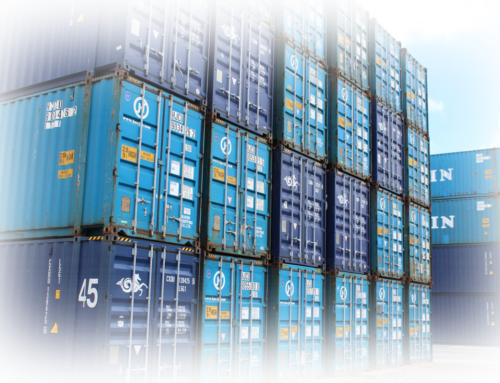Asia-U.S. air cargo freight rates continue going down since port operations on the West Coast have sharpened since the heavy congestion appeared at the beginning of this year, according to analysts Drewry.
Shippers have air cargo solutions built into their supply chains to avoid port delays or to expedite the shipment of products to market during peak periods, and those options were heavily used from November through March as the Los Angeles-Long Beach port complex ground to a halt.
But with no container port congestion at the West Coast, demand for air has steadily fallen off.
The air freight prices for U.S. imports spiked in November 2015 as importers were desperate to have their Christmas stocks ready for the holiday season and took the option to route some shipments by air.
According to Drewry, the ocean freight volumes are growing at a much faster rate than air cargo with greater demand for the sorts of goods that are typically moved by containers thanks to the lower freight costing in the supply chain. . On top of that, higher-value goods are increasingly being shipped by containers via ocean carriers.
Even though data from the U.S. Census Bureau shows that this trend was bucked last year, a closer look at the data reveals that air cargo has barely increased its tiny fraction of the U.S. containerized import trade, now holding a 2.8% share that is up from 2.4% at the start of 2014.
“In normal circumstances there is very little overlap in the goods that ocean and air cargo move, but the small bubble they do fight over in the middle includes items and parts from the hi-tech, fashion, and automotive industries among a small select group that require expedited transportation,” Drewry said.
Drewry believes that as ocean carriers look to redress the supply-demand imbalance, this could potentially prolong the air cargo shipment of a small number of high-value goods. But as port operations in California continue to improve, the long-term shift from air towards ocean will resume.


